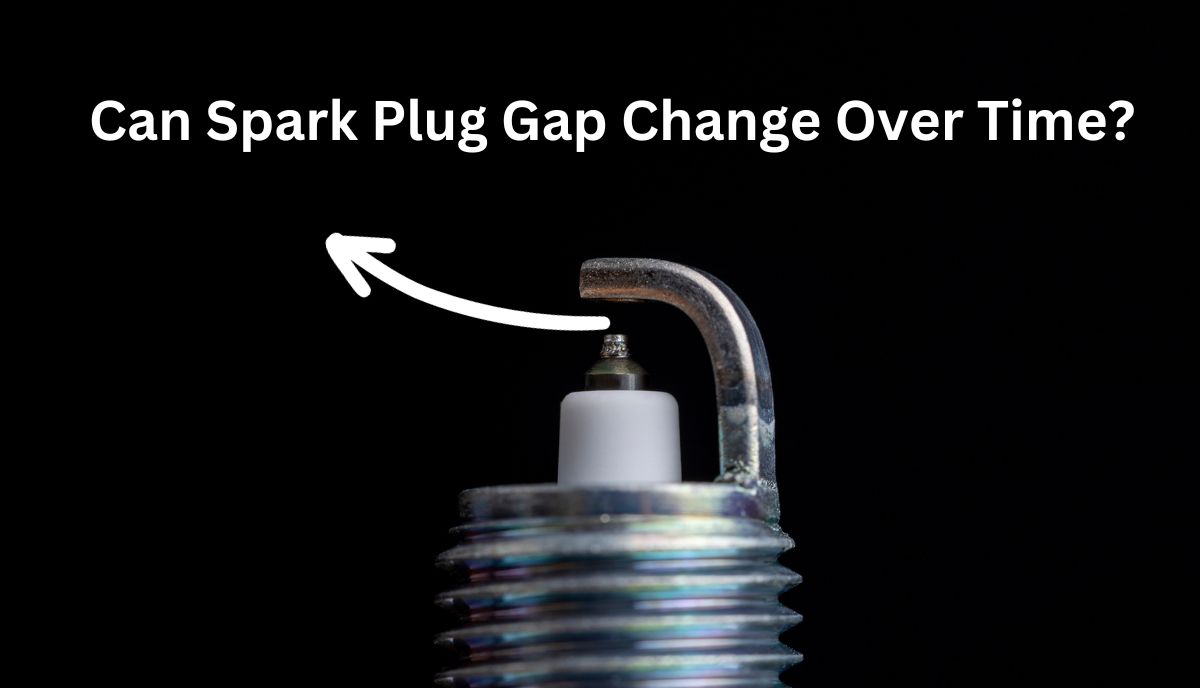Yes, spark plug gaps can change over time due to factors like temperature, deposits, gapping adjustments, mishandling, and quality. Checking and adjusting the gap periodically is important for maintaining engine performance.
A wide spark plug gap is a good thing. Kenneth J. Brumley, in this Old Dominion University paper from 1979, highlighted a test of Champion spark plugs, which found that increasing the gap improves a spark plug’s ability to ignite lean mixtures.
But there’s a limit. This paper from Universiti Malaysia Pahang has identified an increment in the spark plug gap as one of the factors that lower the engine’s performance, causing pre-ignition, knocking, and misfires.
The gap should be wide enough to maximize ignition and combustion efficiency but not so wide that the engine’s power output and fuel economy suffer. Unfortunately, you can’t prevent spark plugs from widening. This is a consequence of conventional wear and tear.
Sang Leonard Tuei said as much in this Master of Science Thesis. The electrodes wear out because of high temperature, which widens the gap. This will continue until the engine refuses to start because the spark cannot jump between the electrodes to ignite the air/fuel mixture.
Some people change their spark plugs periodically before the outcome above can occur. Others prefer to wait until the plug dies before they install a replacement.
What Are The Factors That Contribute To Spark Plug Gap Alteration Over Time?

Spark plug gaps are going to widen over time. You can’t avoid this outcome. Experts blame the phenomenon on the following variables:
1). Temperature
Laypeople blame widening gaps on overheating. They are not wrong. High temperatures that persist can accelerate an electrode’s rate of wear. However, fluctuating temperatures are a more significant challenge.
According to Denso, combustion exposes a spark plug to 3000 degrees C. But this does not last. Low-temperature gas will cool the spark plug during the intake stroke. The gap widens because of the constant expansion and contraction.
2). Deposits
Deposits have various sources. For instance, motor oil can leak into the combustion chamber, making the spark plug dirty. Soot will also accumulate on the electrodes and insulator tip. A dirty, sooty plug will cause misfires.
However, these deposits are unlikely to widen the gap. If anything, they will make the gap narrow, which is just as dangerous. The widening will occur if you keep removing the spark plugs to clean them.
3). Gapping
Some drivers make the gap wider while adjusting the spark plug. They will remove, clean, and gap these components whenever they service their vehicle, but only if their measurements reveal a discrepancy.
This is risky. Merely measuring the plug with a coin-style tool is enough to widen the gap. Some laypeople are unaccustomed to the delicacy of a spark plug’s electrodes. As such, they apply too much effort.
Some of those individual alterations are too small to matter, at least initially. But over the weeks and months, their impact will grow.
4). Mishandling
People who frequently handle the spark plugs during repair and maintenance are more likely to alter the gap by dropping the spark plugs or exerting too much pressure during installation.
5). Quality
Some plugs wear out and widen the gap at a ridiculous rate because of their poor construction. The low-quality materials used in their creation cannot withstand the intense forces acting on the plugs under the hood. As a result, they will fail prematurely.
6). Arcing
Spark plugs are exposed to harsh conditions. One paper from C.T. Young and D.A. Grimes, exploring erosion mechanisms in spark plug electrodes, highlighted the ejection of molten particles from the center electrodes that occurs, not to mention vaporization loss.
That is not a surprise. This article from the University of Washington notes that arcing can produce temperatures of several thousand degrees. In other words, that spark arcing between a plug’s electrodes isn’t entirely harmless.
How Often Should You Check And Adjust The Spark Plug Gap Due To Wear And Tear?

Every mechanic that services your vehicle will probably check the spark plugs. Therefore, if you service your vehicle once a year (or every 12,000 miles), as Auto Express has recommended, you can inspect your spark plugs with the same frequency.
However, it doesn’t mean you should adjust the gap every time. The gap speaks volumes about a spark plug’s health. If the gap is too broad, your spark plug has most likely reached the end of its lifespan.
That can occur after 30,000 – 100,000 miles. It depends on the brand, driving conditions, driving habits, materials, etc. Many mechanics would rather replace an older plug with a wide gap than adjust it.
A new plug is the safer option. You can’t trust an older adjusted plug to maintain the width of its gap. You can consult the brand for clarification. The manufacturer may tell you when you should adjust the plug.
Are There Signs Or Symptoms That Indicate A Changing Spark Plug Gap?
Yes, the vehicle will let you know that things have gone wrong. Keep in mind that a spark plug ignites the air/fuel mixture. Therefore, a problem with the gap will affect the combustion process, impacting the engine’s performance and creating one or more of the following problems:
- It may take several tries for the engine to start.
- The engine will refuse to start.
- The engine’s sounds will become uneven and rough.
- You may notice strange noises from under the hood.
- The vehicle may vibrate.
- The acceleration will become sluggish.
- The fuel economy will deteriorate.
To be fair, you will also notice the symptoms above if the spark plug accumulates deposits or the electrodes break. They appear whenever a problem interferes with ignition and combustion. In other words, your troubleshooting process may compel you to inspect and replace the plug wires if you’ve ruled the spark plugs out as a potential culprit.
Various faults can disrupt ignition and combustion, creating engine misfires, strange sounds, and poor fuel economy.

